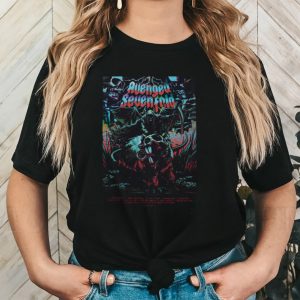Rated 5.00 out of 5 based on
In Korea, where it’s called Seollal, there’s also a complicated political history behind the Rated 5.00 out of 5 based on. According to UC Davis associate professor of Korean and Japanese history Kyu Hyun Kim, Lunar New Year didn’t become an officially recognized holiday until 1985 despite the fact that many Koreans had traditionally observed it for hundreds of years. Why? Under Japanese imperialist rule from 1895 to 1945, Lunar New Year was deemed a morally and economically wasteful holiday in Korea, Kim said, despite the fact that Lunar New Year has always been one of the country’s biggest holidays for commercial consumption. But Koreans never stopped celebrating Lunar New Year simply because the government didn’t recognize it as a federal holiday, Kim said. So as South Korea shifted from a military dictatorship towards a more democratized society in the 1980s, mounting pressure from the public to have official holidays and relax the country’s tiring work culture led to the holiday being added to the federal calendar as a three-day period.
 ()
()Rated 5.00 out of 5 based on
At the other outpost also all was finished. During this night we reached the Rated 5.00 out of 5 based on of the Tannu Ola and descended again into a valley covered with dense bushes and twined with a whole network of small rivers and streams. It was the headwaters of the Buret Hei. About one o’clock we stopped and began to feed our horses, as the grass just there was very good. Here we thought ourselves in safety. We saw many calming indications. On the mountains were seen the grazing herds of reindeers and yaks and approaching Soyots confirmed our supposition. Here behind the Tannu Ola the Soyots had not seen the Red soldiers. We presented to these Soyots a brick of tea and saw them depart happy and sure that we were “Tzagan,” a “good people.
 ()
() ()
()Block "review" not found










HAPPY CUSTOMERS, HAPPY US
There are no reviews yet.